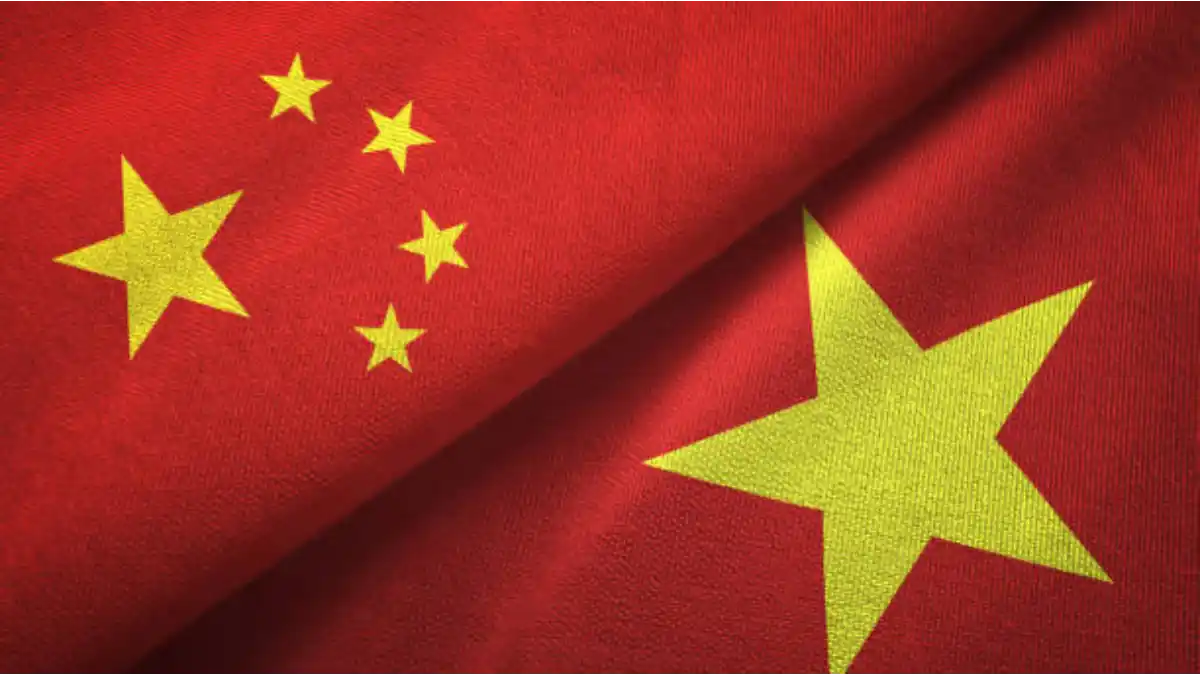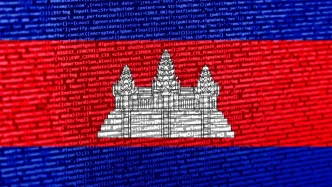As Vietnam and China mark the 75th anniversary of their diplomatic relations in 2025, a significant meeting in the Vietnamese capital has underscored the importance of locality-to-locality collaboration. On July 17, 2025, Phan Anh Sơn, President of the Vietnam Union of Friendship Organisations (VUFO), hosted Wei Ran, Director General of the Foreign Affairs Office and President of the People’s Association for Friendship with Foreign Countries of China’s Guangxi Zhuang Autonomous Region. Their discussions focused on deepening ties between Vietnamese localities and Guangxi, reflecting a broader commitment to a shared future between the two nations.
People-to-People Diplomacy at the Forefront
The meeting highlighted the critical role of people-to-people diplomacy in Vietnam-China relations, a channel that both sides view as essential for fostering mutual understanding and friendship. Phan Anh Sơn emphasized VUFO’s ongoing efforts to nurture robust connections between the peoples of the two countries, especially during this milestone year. He briefed Wei Ran on recent diplomatic engagements, noting that such interactions have laid a strong foundation for further collaboration.
For Wei Ran, the visit was an opportunity to implement high-level agreements reached during recent mutual visits, including a notable trip to Vietnam by Chen Gang, Secretary of the Communist Party of China Committee of Guangxi. Wei expressed a desire to explore measures that would enhance cooperation between Guangxi and Vietnamese localities, contributing to what both nations describe as a community with a shared future of strategic significance.
Navigating Administrative Changes
A key point of discussion was Vietnam’s recent administrative restructuring, which has involved streamlining government apparatus and merging local administrative units. Wei Ran noted that these changes introduce new requirements for cooperation between the countries’ localities, particularly among twin cities and provinces with established partnerships. He urged VUFO to propose initiatives that could sustain these sound partnerships in the evolving context.
In response, Sơn drew parallels to China’s own administrative overhaul in the late 1980s and early 1990s, which he described as having achieved remarkable results in subsequent years. He suggested that both countries share similarities in their development processes, offering opportunities to exchange valuable experiences. This is particularly relevant amidst rapid global and regional changes, as well as the challenges and opportunities presented by the Fourth Industrial Revolution.
Practical Steps for Collaboration
To ensure the continuity of twinning ties, Sơn proposed that Guangxi send letters or diplomatic notes to Vietnamese localities to reaffirm established relationships. He assured Wei Ran that VUFO stands ready to support these efforts, facilitating communication and coordination between the regions. This practical approach aims to maintain the momentum of local-level partnerships despite administrative shifts.
The emphasis on locality-to-locality collaboration is not merely procedural but carries strategic weight. For Vietnam and China, strengthening ties at the grassroots level serves as a microcosm of their broader bilateral relationship. Guangxi, sharing a border with Vietnam, has historically been a crucial point of interaction, with trade, cultural exchanges, and joint initiatives playing a significant role in fostering goodwill.
A Shared Future in a Changing World
The discussions in Ha Noi come at a time when both Vietnam and China are navigating complex regional dynamics and global challenges. The Fourth Industrial Revolution, characterized by rapid technological advancements and digital transformation, has reshaped economic and social landscapes, necessitating adaptive strategies in bilateral cooperation. By focusing on local partnerships, both sides aim to build resilience and mutual benefit at the community level, which can, in turn, reinforce national ties.
Moreover, the concept of a “community with a shared future” articulated by leaders from both nations underscores a long-term vision of strategic alignment. This vision is not just rhetorical; it is grounded in actionable steps like those discussed during Wei Ran’s visit. The commitment to enhancing cooperation between Guangxi and Vietnamese localities reflects a pragmatic approach to realizing this shared future, ensuring that diplomatic milestones translate into tangible outcomes for citizens on both sides of the border.
Historical Context and Modern Realities
Vietnam and China’s relationship, spanning over seven decades, has seen periods of both collaboration and tension. The 75th anniversary of diplomatic ties offers a moment to reflect on past achievements while addressing contemporary needs. People-to-people diplomacy, as championed by organizations like VUFO, has often served as a bridge during challenging times, fostering cultural understanding and dialogue even when political relations faced strain.
Guangxi’s proximity to Vietnam makes it a natural partner for local-level initiatives. Historically, the region has been a gateway for trade and cultural exchange, with border towns facilitating interactions that date back centuries. In modern times, these interactions have evolved to include joint economic projects, educational exchanges, and tourism initiatives, all of which benefit from sustained local partnerships.
Vietnam’s administrative restructuring, while aimed at improving governance efficiency, poses challenges to maintaining these established ties. Merging administrative units can disrupt existing agreements or communication channels between twin cities or provinces. The proactive steps suggested by Sơn, such as formal reaffirmations of partnerships, are designed to mitigate these disruptions, ensuring continuity in collaboration.
Learning from Each Other’s Experiences
One of the most compelling aspects of the Ha Noi meeting was the mutual recognition of shared developmental challenges and opportunities. Sơn’s reference to China’s administrative reforms in the late 20th century highlighted a willingness to learn from past experiences. China’s streamlining efforts during that period led to significant improvements in governance and economic performance, offering lessons for Vietnam as it undertakes similar reforms.
This exchange of experiences is particularly timely given the broader context of global transformation. The Fourth Industrial Revolution has introduced new imperatives for governance, requiring both nations to adapt to technological disruptions while maintaining social cohesion. Collaborative efforts at the local level can serve as testing grounds for innovative approaches, whether in digital infrastructure, smart city initiatives, or community-driven development projects.
Regional Implications and Beyond
The strengthening of ties between Guangxi and Vietnamese localities also carries implications for the broader Southeast Asian region. As China deepens its engagement with ASEAN countries, local partnerships with Vietnam can set a precedent for similar collaborations elsewhere. These initiatives contribute to regional stability and economic integration, aligning with frameworks like the ASEAN-China Free Trade Area and the Belt and Road Initiative.
Furthermore, the focus on people-to-people diplomacy resonates with ASEAN’s emphasis on community-building. By prioritizing grassroots connections, Vietnam and China are reinforcing a model of diplomacy that complements high-level engagements. This dual approach—combining state-to-state dialogue with local interactions—enhances the durability of bilateral relations, making them less susceptible to geopolitical fluctuations.
At the same time, the evolving nature of Vietnam-China cooperation reflects a nuanced balance between national interests and regional aspirations. Both nations are keenly aware of the need to manage differences while capitalizing on shared goals. Local-level collaboration provides a practical avenue for achieving this balance, allowing for incremental progress that can build trust over time.
Looking Ahead
As Vietnam and China continue to celebrate their diplomatic milestone, the outcomes of meetings like the one in Ha Noi will shape the trajectory of their relationship. The commitment to locality-to-locality collaboration, underpinned by people-to-people diplomacy, offers a promising path forward. Yet, the success of these efforts will depend on sustained engagement, clear communication, and adaptability to changing circumstances.
For now, the dialogue between Phan Anh Sơn and Wei Ran serves as a reminder of the enduring importance of personal and local connections in international relations. As both nations navigate the complexities of the 21st century, these ties may well prove to be the bedrock of a resilient and mutually beneficial partnership.
















